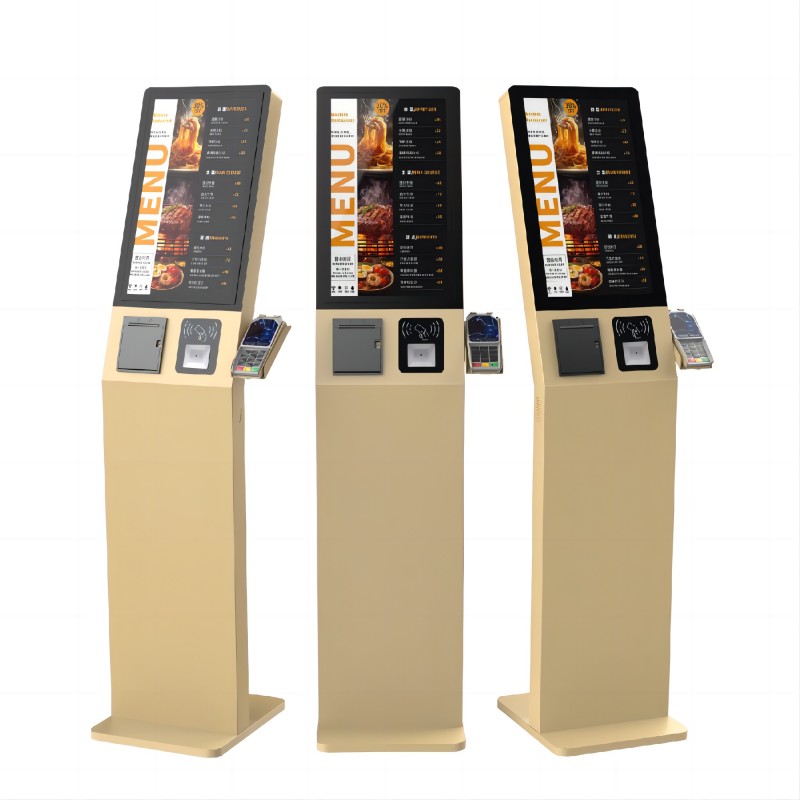
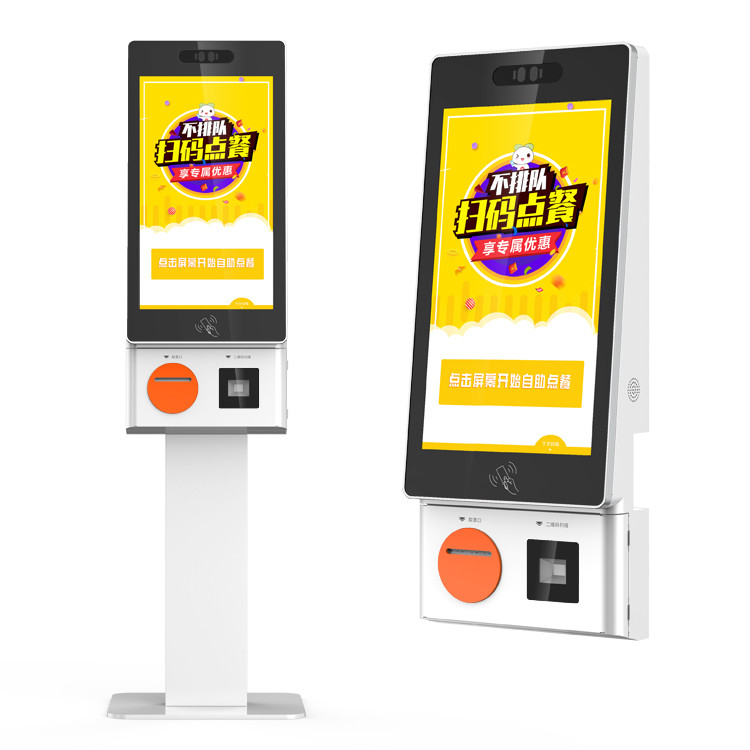
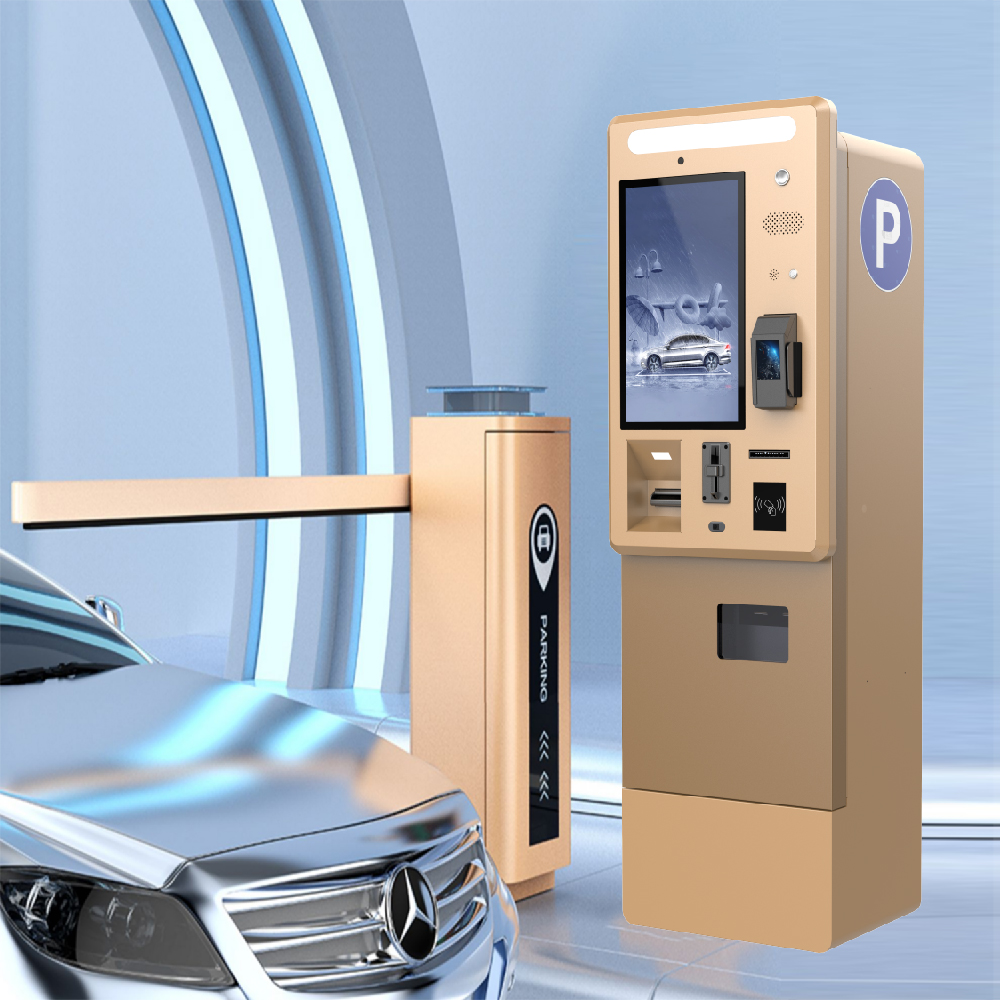
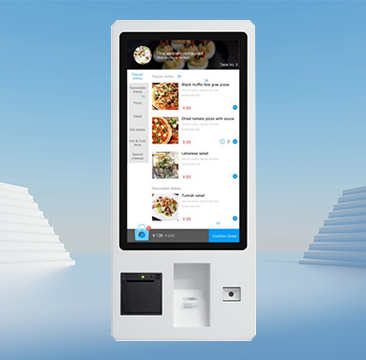
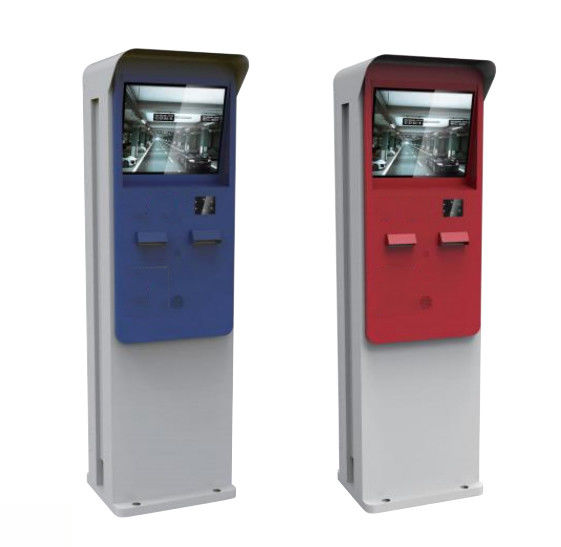

Implementing interactive kiosks can lead to significant savings in human resources across various sectors due to their ability to automate tasks and streamline processes. Here are specific ways interactive kiosks help save human resources:
1. **Customer Service Automation**: Kiosks can handle routine customer inquiries, such as providing product information, answering FAQs, and assisting with basic troubleshooting. This reduces the need for dedicated customer service staff to handle repetitive queries, allowing them to focus on more complex issues and providing personalized assistance to customers.
2. **Self-Service Transactions**: Interactive kiosks enable self-service transactions such as ticket purchasing, check-in processes, and order placements. By automating these tasks, businesses can reduce the number of staff required at service counters or desks, optimizing staffing levels and improving operational efficiency.
3. **24/7 Availability**: Kiosks are available for customer use round-the-clock, including outside regular business hours. This extended availability ensures continuous customer engagement and service without requiring additional human resources during off-peak times.
4. **Reduced Wait Times**: By offering self-service options, interactive kiosks minimize wait times for customers, particularly during peak periods. This improves customer satisfaction by providing prompt service and reduces the need for additional staff to manage queues.
5. **Consistent Service Delivery**: Kiosks deliver consistent information and service quality, adhering to predefined standards for every customer interaction. This consistency helps build trust with customers and ensures uniform service delivery across different locations.
6. **Multifunctional Capabilities**: Interactive kiosks can perform multiple functions beyond customer service, such as collecting feedback, processing payments, and promoting marketing campaigns. This versatility reduces the need for separate systems or staff to manage these activities independently.
7. **Data Collection and Analytics**: Kiosks gather valuable data on customer interactions, preferences, and behavior. This data-driven insight allows businesses to make informed decisions about service improvements, marketing strategies, and operational efficiencies, contributing to resource optimization.
8. **Scalability and Adaptability**: As customer needs evolve or business requirements change, interactive kiosks can be easily updated or reconfigured to meet new demands. This scalability ensures that businesses can adapt quickly without significant investment in additional human resources.
9. **Improved Employee Focus**: With routine tasks handled by kiosks, employees can focus on more strategic activities such as enhancing customer experience, up-selling products, and improving operational processes. This shift improves employee engagement and job satisfaction.
10. **Cost Savings**: Overall, interactive kiosks help reduce labor costs associated with customer service, transaction processing, and administrative tasks. By optimizing resource allocation and improving efficiency, businesses can achieve significant cost savings over time.
By leveraging interactive kiosks effectively, businesses can streamline operations, enhance customer experience, and achieve sustainable growth while saving human resources for more value-added tasks and strategic initiatives.
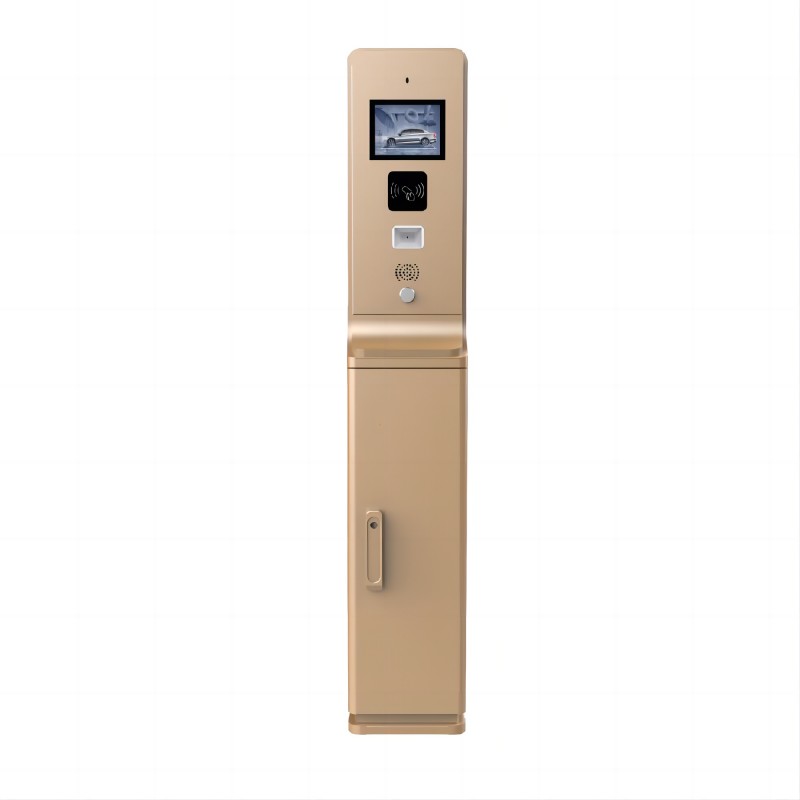
1. **Compact Design**: Opt for kiosks with a compact footprint and sleek design that minimize floor space while still accommodating essential functionality. Wall-mounted or countertop models can be strategically placed in high-traffic areas without obstructing pathways or overcrowding.
2. **Multi-Functional Integration**: Incorporate interactive kiosks into existing structures or furniture layouts to blend seamlessly with the environment. Kiosks integrated with counters, tables, or walls optimize space usage and provide a cohesive appearance.
3. **Strategic Placement**: Position kiosks in strategic locations to optimize customer flow and accessibility. Place them near entry points, service areas, or waiting zones to efficiently manage queues and facilitate easy access for users.
4. **Modular Configurations**: Choose modular kiosk setups that can be easily adjusted or expanded based on space availability and operational needs. Modular systems allow businesses to scale up or down as required, adapting to changing customer demands or seasonal variations.
5. **Dual-Purpose Functionality**: Designate kiosks for dual purposes, such as customer service and transaction processing, to consolidate functions and maximize space efficiency. This approach reduces the need for multiple standalone stations and optimizes floor space utilization.
6. **Digital Signage Integration**: Combine interactive kiosks with digital signage or displays to deliver dynamic content, promotional messages, or way-finding information. Digital signage enhances communication with users while utilizing space effectively.
7. **Queue Management**: Implement clear signage and organized queueing systems around kiosks to streamline user flow and minimize congestion. Proper queue management ensures efficient use of space and enhances user experience during peak periods.
8. **Mobile and Remote Access**: Integrate mobile or remote access features with kiosks to extend service capabilities beyond physical locations. Mobile-enabled kiosks allow users to access information or services from anywhere, reducing reliance on physical space constraints.
9. **Cloud-Based Management**: Utilize cloud-based kiosk management platforms to monitor and control multiple kiosks remotely. Cloud solutions streamline maintenance, updates, and content management, optimizing operational efficiency and space utilization.
10. **User-Centric Design**: Focus on user-centric design principles to ensure kiosks are intuitive and easy to navigate, minimizing user confusion and enhancing usability within limited space environments.
By implementing these strategies, businesses can effectively optimize space utilization with interactive kiosks, improving operational efficiency, enhancing customer experience, and maximizing the benefits of self-service technology in their specific environments.
Implementing multi-language support in interactive kiosks offers several significant benefits:
1. **Enhanced Accessibility**: By providing content and instructions in multiple languages, interactive kiosks become accessible to a broader range of users, including tourists, non-native speakers, and individuals with limited proficiency in the local language.
2. **Improved Customer Experience**: Users can interact with the kiosk in their preferred language, which enhances comprehension and reduces confusion. This leads to a more positive and efficient user experience, increasing customer satisfaction.
3. **Expanded Market Reach**: Multi-language support allows businesses to cater to diverse demographics and international customers without language barriers. This can attract a wider customer base and increase engagement, particularly in multicultural environments or tourist destinations.
4. **Compliance with Regulations**: In regions or industries where language accessibility is mandated by regulations or laws (such as in tourism, transportation, or healthcare sectors), implementing multi-language support ensures compliance and avoids potential legal issues.
5. **Reduced Language Support Costs**: While initial implementation may involve translation and localization expenses, providing multi-language support can ultimately reduce costs associated with customer support and assistance, as users can navigate the kiosk independently.
6. **Brand Perception**: Offering multi-language support demonstrates a commitment to inclusivity and customer care, enhancing the brand's reputation as customer-centric and accommodating diverse needs.
7. **Increased Usage and Engagement**: Users are more likely to engage with an interactive kiosk if they can interact in their native language, leading to higher usage rates and more effective dissemination of information or services.
8. **Flexibility and Adaptability**: As global markets evolve, multi-language support allows businesses to adapt quickly to changing customer demographics and preferences, maintaining relevance and competitiveness in diverse markets.
Overall, implementing multi-language support in interactive kiosks not only improves accessibility and user experience but also supports business objectives by reaching a wider audience and enhancing customer satisfaction.
Fast payment and transaction processing capabilities are crucial for interactive kiosks to enhance customer satisfaction and operational efficiency. Here are key strategies to ensure rapid payment and transaction processing at interactive kiosks:
1. **Multiple Payment Options**: Offer a variety of payment methods to accommodate customer preferences, including credit/debit cards, mobile payments (e.g., NFC, QR codes), digital wallets (e.g., Apple Pay, Google Pay), and cash. Providing diverse payment choices allows customers to complete transactions quickly using their preferred method.
2. ** Contact-less Payment Technologies**: Implement Contact-less payment technologies such as NFC (Near Field Communication) and QR code scanning to facilitate quick and convenient transactions. Contact-less payments reduce transaction time by eliminating the need for physical card insertion or cash handling.
3. **Integrated Payment Processing Systems**: Integrate interactive kiosks with robust and secure payment processing systems that support real-time transaction authorization. This integration ensures fast and reliable payment processing, reducing wait times for customers.
4. **User-Friendly Interface**: Design an intuitive and responsive user interface (UI) that guides customers through the payment process smoothly. Use clear instructions, visual cues, and prompts to facilitate easy navigation and minimize user errors during payment.
5. **Secure Payment Environment**: Implement stringent security measures to protect customer payment information and comply with industry standards (e.g., PCI-DSS). Ensure encryption of data transmission, secure PIN entry, and physical security features on the kiosk to safeguard against fraud and data breaches.
6. **Automated Receipt Options**: Provide customers with options to receive digital receipts via email or SMS for faster transaction completion. Alternatively, offer on-demand printing of receipts directly from the kiosk to accommodate customer preferences.
7. **Queue Management Integration**: Integrate payment processing seamlessly into the overall user flow and queue management system of the interactive kiosk. Ensure that payment terminals are strategically placed to minimize congestion and maintain smooth customer flow, especially during peak hours.
8. **Performance Optimization**: Regularly monitor and optimize the performance of interactive kiosks and payment processing systems to ensure fast response times and minimize downtime. Conduct routine maintenance and updates to address any technical issues promptly.
9. **Compliance and Certification**: Ensure that interactive kiosks and payment processing systems comply with regulatory requirements and undergo regular certification audits. Compliance with standards ensures secure and reliable payment transactions for customers.
By implementing these strategies, businesses can optimize payment and transaction processing at interactive kiosks, providing customers with a fast, convenient, and secure self-service experience that enhances overall satisfaction and operational efficiency.
Address: No. 99-15, Fuan intelligent manufacturing Industrial Park, Dayang Road, Fuhai Street, Baoan District, Shenzhen, China